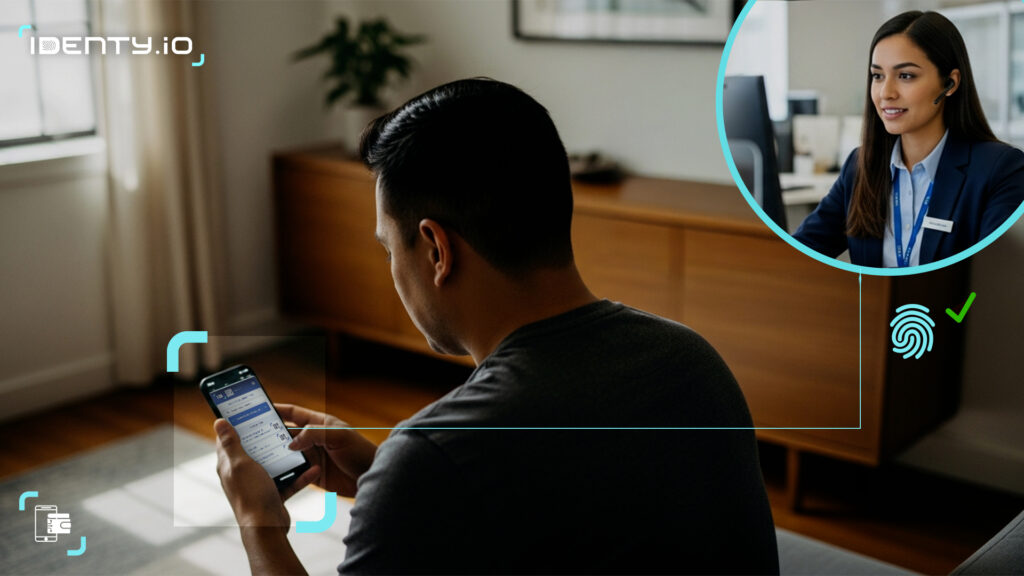Table of Contents
ToggleOver the last few years, fraud has established itself as one of the main problems faced by public and private entities, but also by end users. In the last quarter of 2024 alone, for example, there were losses of more than 500 million dollars due to fraudulent transfers only in the USA, with 100 million dollars of impact due to the improper use of credit and debit cards, as revealed by the consulting firm Stadista.
However, this is not a problem that is confined only to the United States. In Mexico, figures also reveal that fraud is already one of the most relevant concerns for the country’s citizens: 59% of them have suffered at least one fraud attempt per month, causing losses of more than 293 billion pesos per year (just over 14 billion dollars), according to data from the Global Anti-Scam Alliance (GASA).
In Brazil, meanwhile, the situation is no different. GASA reveals that, in 2024, the impact of fraud and scams amounted to more than BRL 297 billion (approximately USD 54 billion). But even more striking is the number of citizens who suffered any fraud: 94%, that is, practically the entire population was affected by this problem, at least, once per month.
Although the proliferation and sophistication of technology in general, and artificial intelligence in particular, is multiplying the cases of attempted fraud around the world and, more importantly, the difficulty of early detection – in Brazil, for example, 40% of the population admits to not being able to recognize fraud – the fact is that the way in which criminals act generally follows the same patterns. Thus, identity theft or impersonation, deception in social networks or email as an entry vector are the most common means used to gain access to critical information that can be used to defraud the end user.
The solution to fraud, in the user's hand
To all this must be added the multiplication factor: on many occasions, the victim, regardless of whether it is an end user or an employee of a company, “opens the door” to other systems that “infect” them, exponentially increasing the scope of the attack and achieving greater exploitation of possible vulnerabilities in third-party infrastructures or equipment and rendering any security or preventive measures previously implemented practically useless.
As with other risks and cyberattacks, proactive prevention is essential to minimize the possibility of being affected by fraud or, at least, mitigate its effects and consequences. In fact, 76% of banks in the USA admit that they will implement new technological measures this year to reduce fraud, according to a study by the firm PYMNTS Intelligence. In Mexico, for example, 38% of the companies surveyed in a KPMG study acknowledged that they will implement more robust measures to control access to their systems.
However, much of the potential to prevent fraud lies with the end user. Therefore, it is important to remember that the sophistication that is reaching the technology used in fraud attempts can make that, only with a high resolution photograph, you can replicate the fingerprint or through an image created by artificial intelligence, recreate a face that can impersonate the identity of a user. To this end, Identy.io has a series of biometric touchless identity verification solutions -this means that it’s not required that the user scans their fingerprint or face with a specific device, but can do so using the camera and the flash of their cell phone- that reduce, from the user’s own mobile device and including that feature in any phone application, the possibility of impersonating the user’s identity, thus mitigating the risk of fraud, all with a very small marginal error rate for fingerprint or face recognition, given advancements in AI technologies. One of the solutions that make up the alternatives offered by Identy.io is fingerprint recognition with liveness, that is, with proof of life of the user, which makes virtually impossible, for example, the recognition of the fingerprint by means of a silicone mold or a high-definition image.
Unlike other alternatives, the biometric touchless fingerprint identity verification solution processes all user information on the user’s own device. That is, once onboarding is completed, whereby the user’s identity is verified and checked against one of the available official databases, the entire process is carried out on the user’s cell phone. This not only represents important advantages for the end user, who can control to the maximum what personal information he/she shares at all times, without the risk of suffering data loss or leaks. Also, it is possible to carry out identity verification without having to rely on an Internet connection and facilitating faster and more agile use at all times, which makes it possible to use it in places with little or no mobile coverage. Public or private entities can find as a key significant advantage the costs reduction in equipment, since they do not need to invest in new third-party infrastructure or in cloud management to be able to process the personal information of each user.
Security is a priority for Identy.io, so all its biometric solutions, including fingerprint identity verification, meet the highest industry standards, as most interoperable mobile touchless finger capture according to NIST CRADA (National Institute of Standards and Technology Cooperative Research and Development Agreement) or the FIDO Alliance, supporting eKYC (“Know Your Customer Electronically”) processes or AML (anti-money laundering) frameworks, in addition to complying with the ISO 30107-3 standard on liveness, which guarantees maximum security and accuracy of these solutions.
In an increasingly digitized world where new risks appear every day, public and private entities as well as users must work hand in hand to reduce fraud and scams. Therefore, user friendy solutions such as Identy.io’s biometrics solutions for touchless identity verification are confirmed as perfect allies to reduce the risks associated with digital life as they are not intrusive and thus contribute to minimize the economic losses that these fraudulent activities entail.



